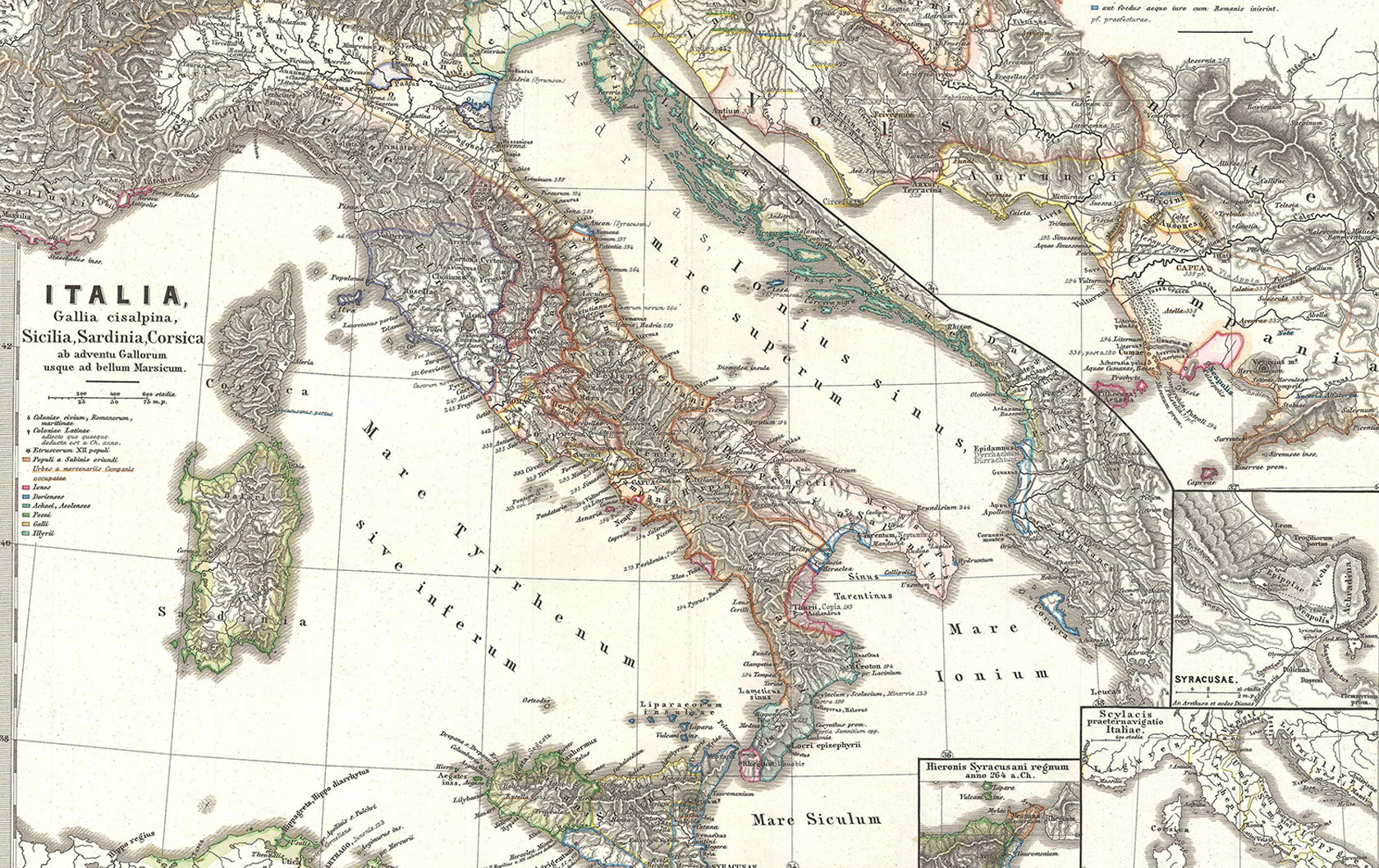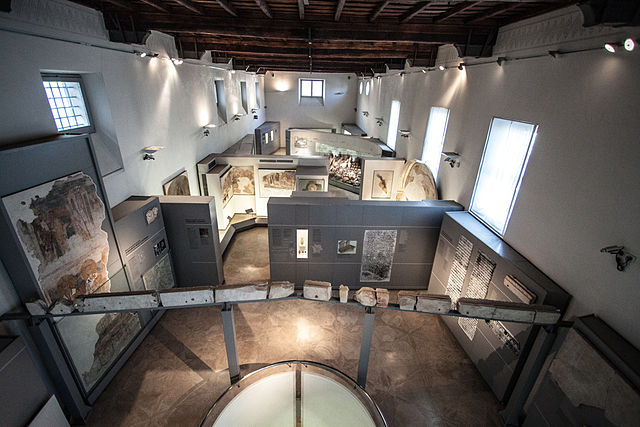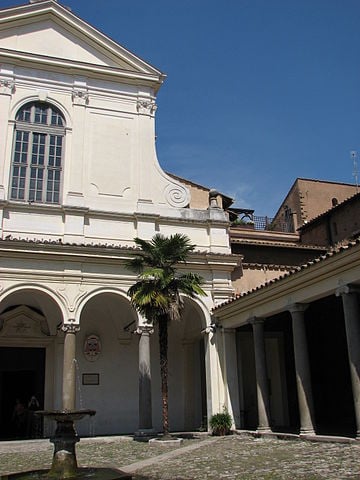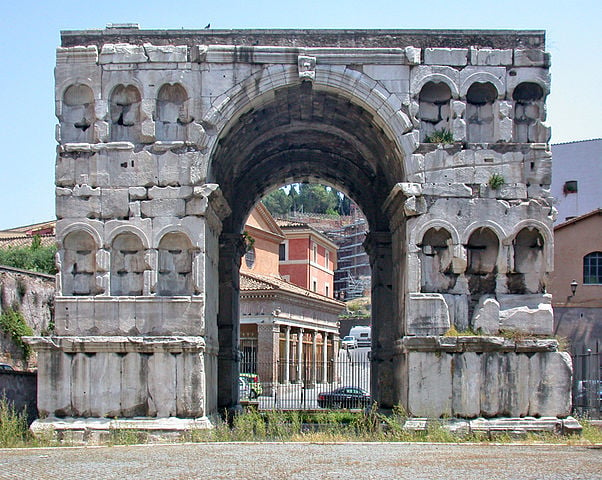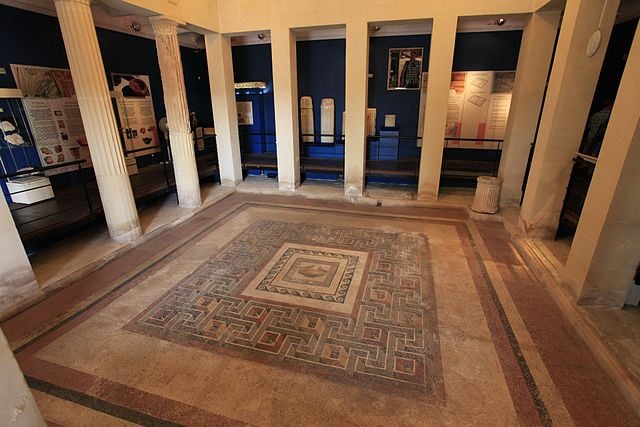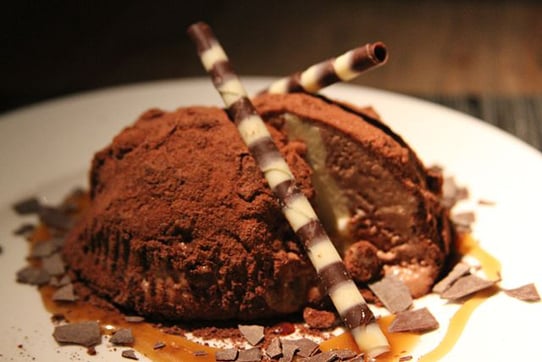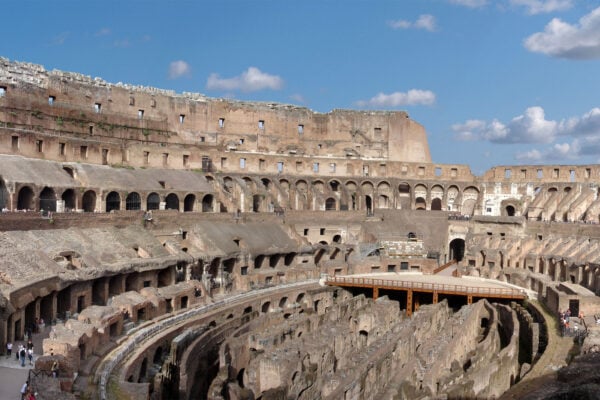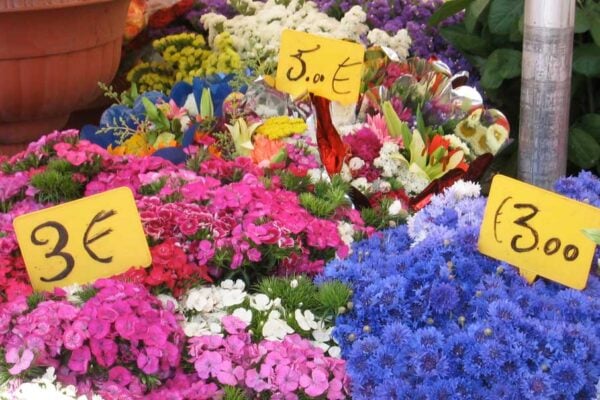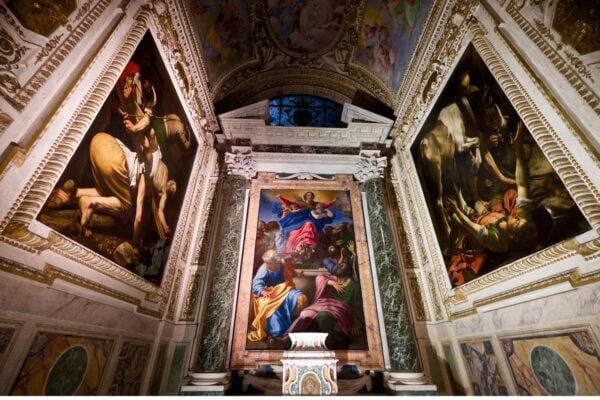While there are more countries bordering the Mediterranean than you can count on your fingers, Italy and Greece always seem to be at the top of the list of dream destinations for travellers. The cultures are similar in many ways – think: olives, stucco and enthusiasm for unending hospitality (The movie “My Big Fat Greek Wedding” could have been “My Big Fat Italian Wedding” with only a few tweaks.
This is likely the result of Greek colonization in the early days of Italian civilization. Today, these colonies are remembered at the Magna Grecia, regions in the South of Italy that were settled by various Greek city states.
The founding of Rome is steeped in myth and legend, yet there’s no doubt that the Greeks were influential. Although the Euboeans and Spartans are long gone from Italy, they left a lasting mark. Travellers can check out these examples of Greek architecture in Italy:
Crypta Balbi
Housed in the Historical Museum of Rome, the Crypta Balbi is one of many examples of Greek architecture that exist in Italy’s capital. Four apartments, a theater, and a crypt once made up the entirety of the structure, and the parts that remain can be seen at the museum. The theater is a medieval structure that was buried beneath the rest of the Crypta Balbi, and its construction is evidence of the influence of Greek culture in Rome. The Romans adopted much of their theatrical tradition directly from their Greek neighbors.
San Clemente
The Basilica di San Clemente is a top spiritual destination in Rome (though hardly the number one as that position is held firmly by the Vatican itself.) The Basilica has many exemplary architectural features – from the grand hallways to the portico – and is also the site of a Temple of Mithras built in the 3rd century. The Cult of Mithras existed from the 3rd into the 4h century, but little is known of Mithras as a figure in Roman religion. What is apparent is that Mithras is an example of Greco-Roman mythology – while there are specific dieties attributed to the Greeks and the Romans, there is no argument that the former profoundly influenced the latter. The Temple remains as a symbol of those faiths.
Arch of Janus
Continuing with Greco-Roman mythology, the Arch of Janus commemorates Janus, the god for whom it was named. Janus was the god of gods – higher even than Jupiter, who might be considered the Roman equivalent to Zeus in Greek mythology. The arch was constructed with much the same sentiment that inspired the Greeks to build temples to their Gods, again reflecting the influence of Greek culture over the developing Rome.
Domus Romane
The Domus Romane can be seen as part of the Palazzo di Valentini. The archaeological site has been converted to a museum where visitors can walk through the life of a Roman Patrician – that is, a member of the upper class. The tour is designed to allow visitors to experience the building as its inhabitants would have in ancient times, walking over the mosaic floors and columned halls that were no doubt inspired by the styles of Greece.
These four sites offer a bit of Greek flare to add to an Italian vacation, and are perfect for travelers who wish to understand a little more of how Roman civilization came to be.
